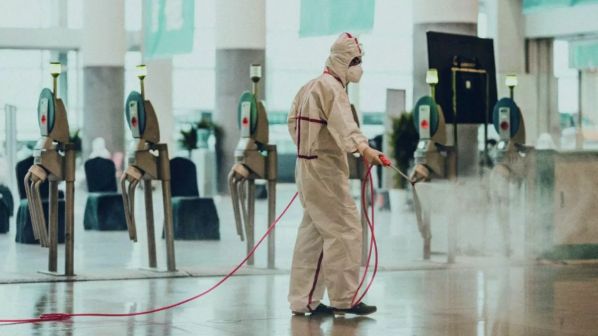The coalition includes the Community of European Railway and Infrastructure Companies (CER), the International Association of Public Transport (UITP), Eurocities, and the European Centre of Employers and Enterprises providing Public Services and Services of General Interest (CEEP).
The letter outlines six points which the coalition says are necessary to restore and strengthen public transport as the backbone of the EC’s target to reduce transport-related greenhouse emissions by 90% by 2050:
- support public transport operators to ensure a high frequency and quality of services
- acknowledge scientific evidence of the safety of public transport during the pandemic when measures recommended by health authorities are taken
- restore public trust in public transport and undertake initiatives to communicate the health and safety measures taken by operators
- ensure stable financing and funding for operators as part of the upcoming Sustainable and Smart Mobility and EU Sustainable Finance strategies
- develop measures to increase the resilience of public transport to future crises, and
- support mobility strategies or projects presented as part of national recovery and resilience plans to contribute to a shift to sustainable, green transport.
In particular, the coalition stresses the need to address public transport’s negative public image as unsafe following the outbreak of the pandemic.
The coalition highlights a report by Transport for London (TfL) which found “all locations visited on the Underground to be absent of coronavirus” following the implementation of Covid safety measures, as well as others outlined in the UITP’s ‘Public Transport is Covid-safe’ policy brief which found similar results.
Typical measures introduced by public transport operators include:
- daily cleaning of all vehicles
- protection shields in the driver cabs of buses and LRVs
- obligatory face mask wearing at stations and in vehicles
- the provision of clear health and safety information to passengers and staff
- the introduction of contactless payment, and
- the use of real-time information to help passengers avoid unnecessary crowds.

